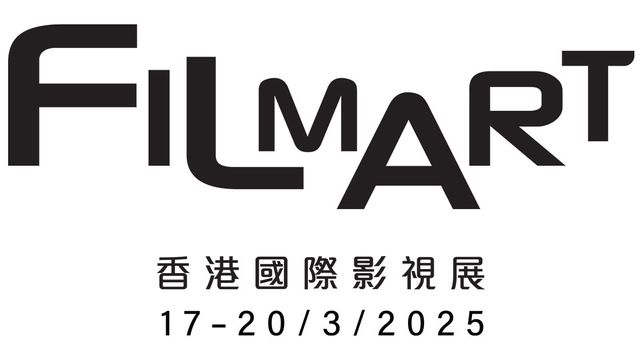A roadside shop in South Africa blanketed with solar panels
Sharp falls in renewable energy generator costs mean solar and wind have become the cheapest power sources in much of the world – especially in countries or regions where authorities provide subsidies.
Solar power can cost less than US$0.05 per kilowatt hour at noon on a sunny day, but that supply disappears at night. Wind costs swing equally wildly and less predictably.
The cost difference between times and seasons going from abundant supply to zero supply creates strong demand for three technologies – batteries, electrolytic hydrogen and power-demand management.
The Hong Kong Trade Development Council’s Eco Expo Asia this year covers the full range of green technologies, but puts two intermittency solutions – hydrogen and smart power management – in the spotlight.
The Hydrogen Zone debuts at this year’s event, introducing this rapidly growing form of energy storage.
The Eco Asia Conference, running during the Expo, includes a smart-construction seminar on retrofitting existing buildings for energy efficiency.
Noting that the buildings and construction sector account for 37% of carbon dioxide emissions globally, the Hong Kong SAR Government has set a goal to cut electricity consumption of commercial buildings by 30% to 40% and residential by 20% and 30%, from 2015 levels by 2050.
These technologies are generally cheaper sources of power than their fossil-fuel equivalents, but they are not free of charge.
In fact these technologies are front-loaded, requiring heavy investment before installation and then drawing on effectively free fuel over subsequent decades. Carbon trading is one option for raising funds, since these technologies cut carbon production, and the Conference features a session on Hong Kong’s potential as a carbon-trading hub and on green finance for SMEs.
The rapid switch from internal combustion to electric vehicles – in Norway, 88% of vehicles sold last year were plug-in and in Mainland China the share is expected to be 44% by the end of 2023 – further boosts battery demand and hydrogen vehicle prospects.
Eco Expo Asia features a zone dedicated to green transport, featuring EVs and other green solutions.
Apart from time and seasons, renewable energy supply varies geographically, with tropical and sub-tropical latitudes generally well suited to solar power. Southeast Asia and Africa are among the brightest spots, when it comes to solar energy, almost all of these regions lie inside these latitudes.
The International Energy Agency reported that overall renewable capacity in Mainland China expanded 563 gigawatts (GW) from 2016 to 2021 and, under an accelerated case, could grow 1,190GW in 2022-2027.
In comparison, overall renewable capacity in ASEAN expanded 39.1 GW from 2016 to 2021 and, under an accelerated case, could grow 78.3GW in 2022-2027.
In Sub-Saharan Africa overall renewable capacity growth was just 16.1GW from 2016 to 2021 but, in a classic case of catch-up, under an accelerated case it could grow 54.7GW in 2022-2027
As the leading exporter of renewables supplies, especially photovoltaic (PV) solar, Mainland China is in prime position to boost output from these regions.
As the mainland’s gateway to the world and green technology hub in its own right, Hong Kong is in a prime position to help these emerging regions find their place in the sun.
Eco Expo Asia will host buying missions from developing nations to help accelerate their green energy progress.






